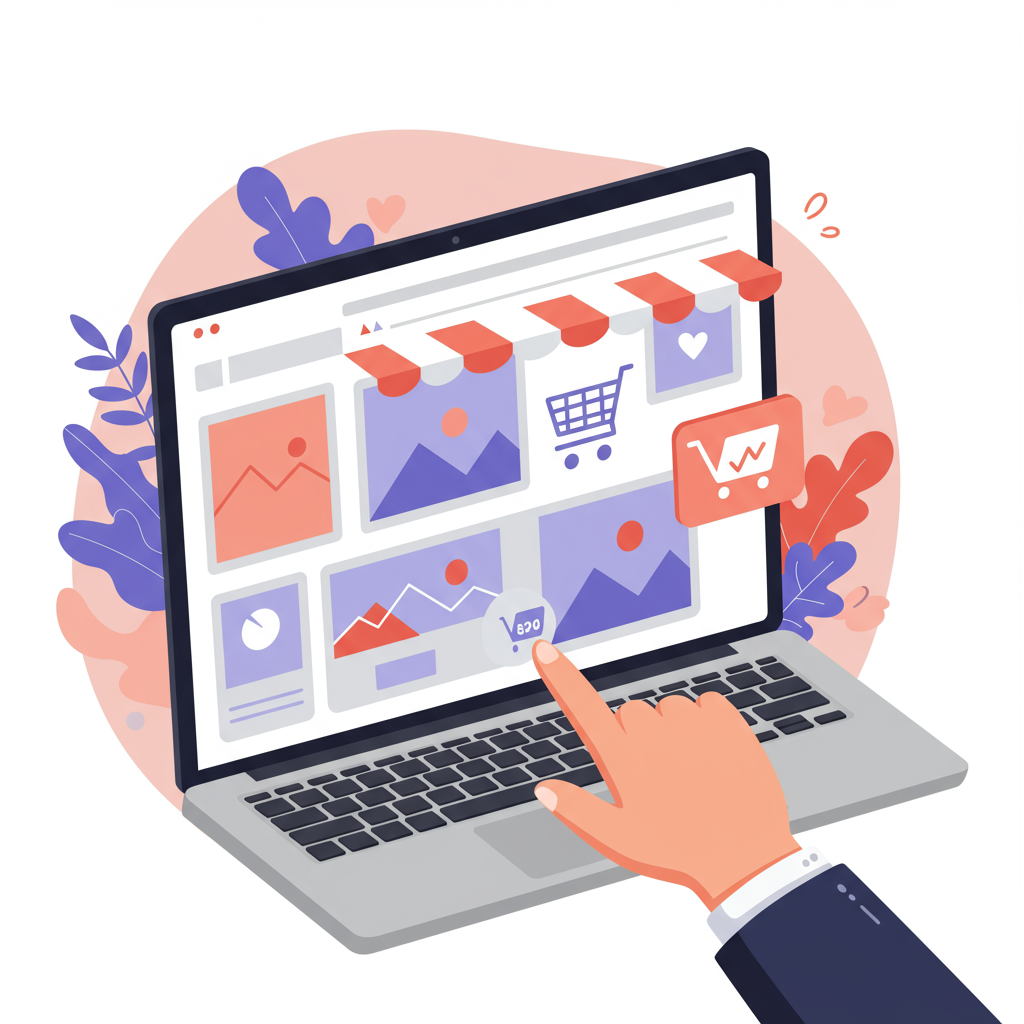Unlocking Your Store’s Potential: Practical Strategies I’ve Learned for Rapid Growth
Hello fellow entrepreneurs! I remember the excitement, and perhaps a little overwhelm, when I first launched my Shopify store. It’s a fantastic platform, but getting noticed and making those initial sales can feel like climbing a mountain.
That’s why I wanted to share some of the growth hacks and strategies I’ve learned that can truly make a difference for new Shopify sellers like you. These aren’t magic bullets, but consistent application of these principles will set you on the path to success.
First and foremost, let’s talk about your niche. Before you even think about marketing, have you truly validated your product idea and identified your target audience? A well-defined niche makes everything else easier.
I always advise new sellers to focus on solving a specific problem or catering to a very particular interest group. Don’t try to be everything to everyone; that’s a recipe for getting lost in the noise.
Once your niche is clear, your store’s foundation is crucial. Your Shopify theme should be clean, professional, and mobile-responsive. Remember, a significant portion of online shopping happens on smartphones.
Invest time in high-quality product photography. I cannot stress this enough. Blurry, poorly lit images are instant turn-offs. Professional-looking photos build trust and showcase your products in their best light.
Beyond just good photos, craft compelling product descriptions. Don’t just list features; tell a story. Explain the benefits, how the product solves a problem, or how it enhances the customer’s life. Use evocative language.
Now, let’s dive into getting traffic. Search Engine Optimization (SEO) is your long-term play. Start with basic keyword research related to your products and niche.
Integrate these keywords naturally into your product titles, descriptions, blog posts, and page content. Shopify has built-in SEO features that make this relatively straightforward.
Don’t forget about your blog! A blog is an excellent way to provide value to your audience, establish yourself as an authority, and create more content for search engines to crawl.
Think about topics related to your products or industry that your target audience would be searching for. For example, if you sell eco-friendly home goods, blog about sustainable living tips.
Email marketing is one of the most powerful tools in your arsenal, and it’s often overlooked by new sellers. Start building your email list from day one.
Offer an incentive for signing up, like a small discount on their first purchase or exclusive content. Then, set up an automated welcome series.
This series can introduce your brand, share your story, highlight popular products, and build a relationship with your new subscribers.
Crucially, implement an abandoned cart recovery email sequence. A significant percentage of shoppers abandon their carts. A well-timed reminder can bring many of them back to complete their purchase.
Social media is another vital channel. Identify where your target audience spends their time – Instagram, TikTok, Facebook, Pinterest? Focus your efforts there.
Don’t just post product shots. Share behind-the-scenes content, user-generated content, lifestyle images, and engage with your followers. Build a community around your brand.
Consider running small, targeted social media ad campaigns. Even a modest budget can yield results if your targeting is precise and your ad creative is compelling.
Customer service is not just a department; it’s a growth hack. Exceptional customer service leads to repeat purchases and word-of-mouth referrals, which are invaluable.
Be responsive, empathetic, and go the extra mile. A happy customer is your best marketing asset.
Leverage Shopify apps! The Shopify App Store is a treasure trove of tools that can automate tasks, improve marketing, enhance customer experience, and boost sales.
Look for apps that help with reviews, upsells/cross-sells, loyalty programs, or advanced analytics. Start with free trials to see what works best for your store.
Speaking of reviews, actively encourage your customers to leave them. Social proof is incredibly powerful. Display reviews prominently on your product pages.
Implement simple upselling and cross-selling strategies. When a customer adds an item to their cart, suggest complementary products or a slightly more expensive, better-value option.
Finally, and perhaps most importantly, analyze your data. Shopify Analytics provides a wealth of information. Look at your traffic sources, conversion rates, popular products, and customer behavior.
Use these insights to refine your marketing efforts, optimize your store, and make data-driven decisions. Don’t just guess; let the numbers guide you.
Building a successful Shopify store takes time, effort, and persistence. There will be ups and downs, but by consistently applying these growth hacks, you’ll be well on your way.
What do you think about this article? I’d love to hear your thoughts and any strategies you’ve found particularly effective!
Remember, every successful store started somewhere. Keep learning, keep experimenting, and keep providing value to your customers. You’ve got this!






